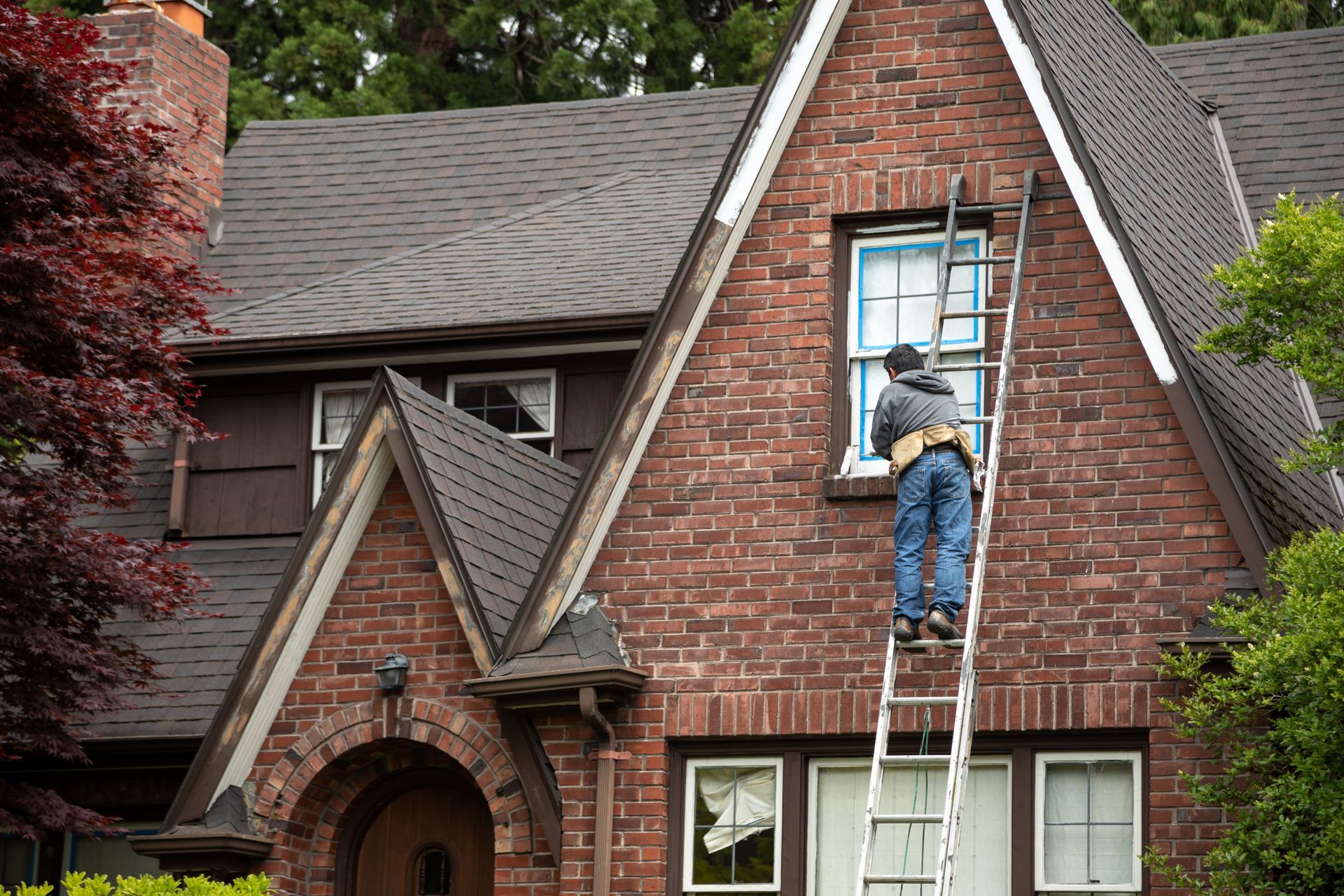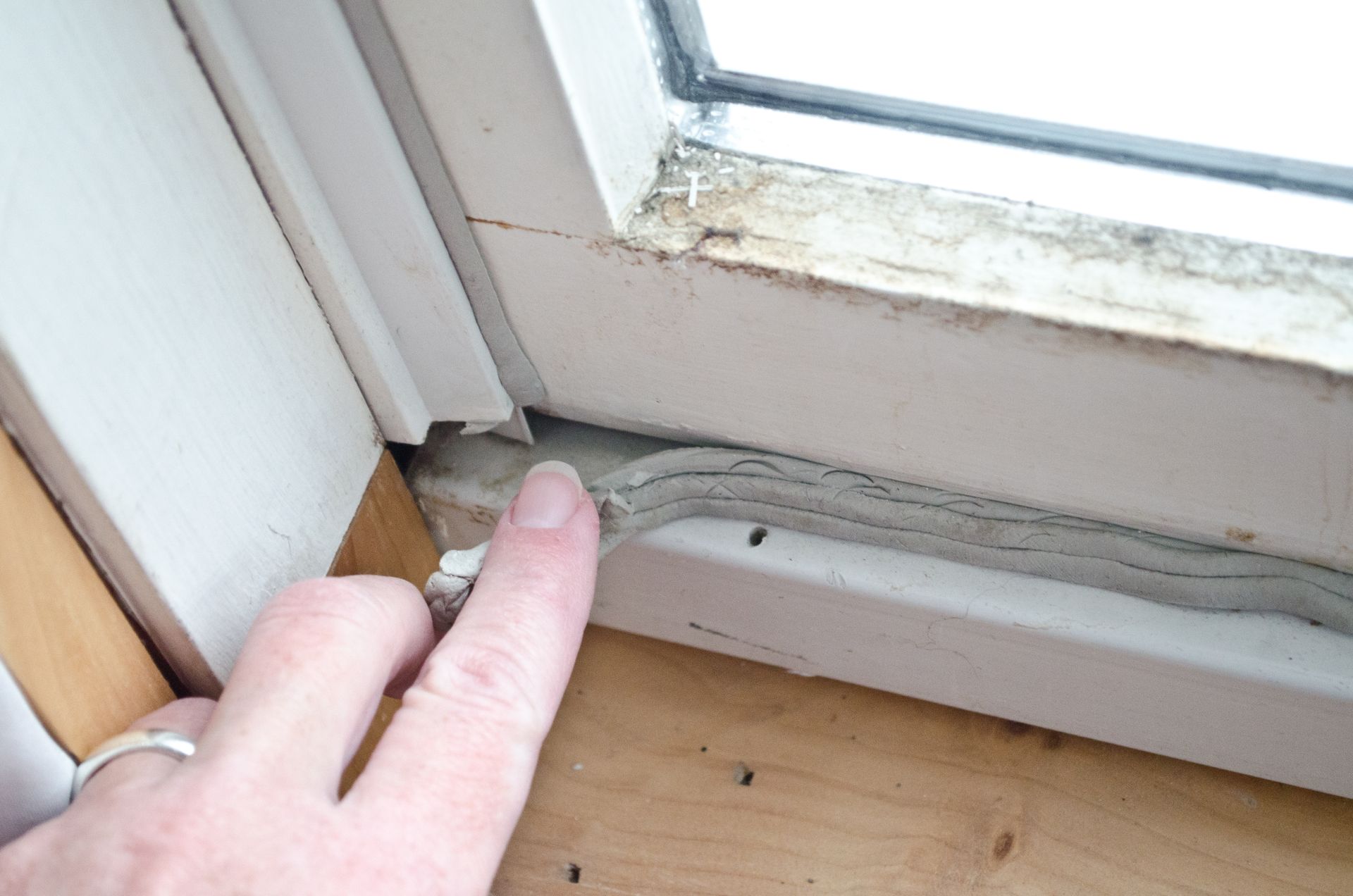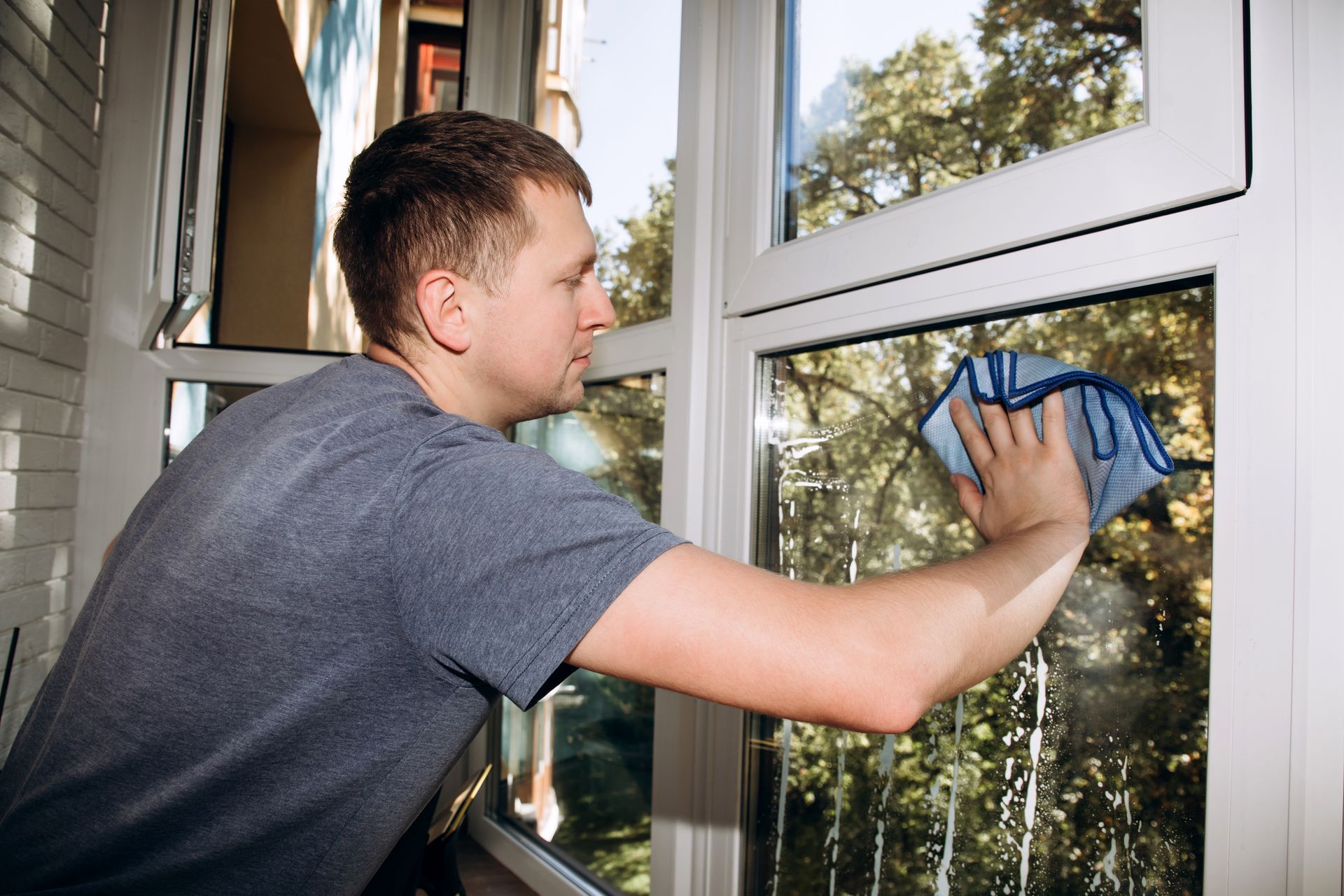10 Tips for Maintaining Historic Windows
Written by: Better Buyer
Whether adorned with intricate panes of stained glass or adorned with elegant wooden frames, antique windows tell stories of generations past. However, with age comes the inevitable need for maintenance to ensure their longevity and continued beauty. In this guide, we'll explore ten essential tips for preserving and maintaining historic windows, safeguarding these treasures for generations to come.
Types of Antique Windows

Familiarizing yourself with the different types of antique windows can help you appreciate their beauty and maintain them effectively. Here are four common types of historic windows you might encounter:
Double-Hung Windows
These windows are one of the most recognizable types of antique windows. They consist of two sashes that can move up and down independently, allowing for efficient ventilation and easy cleaning. Double-hung windows often feature traditional wooden frames and decorative details that enhance their aesthetic appeal.
Casement Windows
Casement windows are hinged on the side and open outward like a door, usually operated with a crank. They provide excellent ventilation and a clear, unobstructed view when open. Antique casement windows often feature elegant iron or brass hardware, adding a touch of sophistication to historic homes.
Awning Windows
Awning windows are hinged at the top and open outward from the bottom, creating a canopy effect. This design allows for ventilation even during rain, making them a practical choice for maintaining airflow in various weather conditions. Awning windows are typically smaller and can be found in combination with other window styles.
Hopper Windows
Hopper windows are hinged at the bottom and open inward from the top. They are often found in basements or lower levels of historic homes, providing ventilation and natural light in otherwise dim areas. Hopper windows are practical and offer an added layer of security when partially opened.
Stained Glass Windows
Stained glass windows are made with pieces of colored glass held together by lead cames, creating intricate designs and vibrant colors. They add artistic flair to a room, often featuring traditional or symbolic designs. These windows require careful maintenance to preserve their beauty and structural integrity over time.
Each type of antique window has its own unique maintenance requirements and challenges. Proper care and preservation can extend their lifespan and ensure they remain a beautiful feature of your historic home for years to come.
How to Preserve Historic Windows
Historic windows are an essential part of a building's character, and with the right attention, they can continue to serve both aesthetic and practical purposes for years to come.
Here are some tips for preserving historic windows:
1. Get Ahead with Routine Maintenance
Regular inspections and maintenance are key to preserving historic windows. Schedule periodic checks for any signs of damage, decay, or wear and tear. Addressing issues early can prevent further damage and costly repairs down the line.
2. Check Seals for Leaks
Inspect the seals around your windows for any signs of deterioration or gaps. Leaky seals can lead to moisture infiltration, causing damage to the window frame and surrounding structure. Reapply sealant or caulking as needed to maintain a watertight seal.

3. Replace Broken Window Glazing
Broken or missing glazing can compromise the integrity of the window and leave it vulnerable to damage. Replace damaged glazing promptly to protect the glass and maintain the window's structural integrity.
4. Check for Wood Rot or Peeling Paint
Wooden window frames are susceptible to rot and decay, especially in areas with high humidity or exposure to moisture. Regularly inspect the frames for any signs of rot, peeling paint, or water damage. Address these issues promptly by repairing or replacing damaged sections to prevent further deterioration.
5. Look for Foggy Glass
Foggy or cloudy glass is often a sign of seal failure, allowing moisture to accumulate between the panes. If left unaddressed, foggy glass can lead to further damage and compromise the window's insulation properties. Consider repairing or replacing the affected glass to restore clarity and functionality.
6. Use Hardwood Instead of Soft for Repairs
When repairing or replacing damaged window components, opt for hardwood materials over softwood. Hardwood offers greater durability and resistance to decay, ensuring long-lasting repairs that blend seamlessly with the original craftsmanship of the window.
7. Repaint Frames When Needed, Also Resealing
Maintain the exterior appearance of your historic windows by repainting the frames as needed. Choose high-quality paint specifically formulated for exterior use to ensure durability and weather resistance. Additionally, reseal the frames after painting to protect against moisture infiltration and prolong the life of the paint finish.
8. Replace Hardware Including Pulleys and Ropes
Over time, window hardware such as pulleys and ropes may become worn or damaged, affecting the functionality of the window. Replace worn hardware with authentic or reproduction parts to maintain the window's original design and ensure smooth operation.
9. Keep Tracks and Hinges in Good Condition
Regularly clean and lubricate window tracks and hinges to ensure smooth operation and prevent excessive wear. Use a mild detergent or specialized cleaner to remove dirt and grime buildup, and apply a silicone-based lubricant to lubricate moving parts.
10. Know When to Replace Your Windows
Despite diligent maintenance, there may come a time when replacing historic windows is necessary. Factors such as extensive damage, irreparable decay, or energy inefficiency may warrant replacement. Consult with preservation experts to explore options for authentic reproduction or compatible replacements that maintain the historic integrity of the building.
Quick Tips for Cleaning Historic Windows:

- Use a gentle, non-abrasive cleaner specifically formulated for historic glass.
- Avoid harsh chemicals or abrasive cleaning tools that can damage delicate surfaces.
- Use a soft, lint-free cloth or sponge to gently remove dirt and grime from the glass.
- Rinse thoroughly with clean water and dry with a soft cloth to prevent water spots or streaks.
- Consider hiring a professional window cleaner experienced in handling historic windows for thorough and safe cleaning.
The Bottom Line
Preserving historic windows requires proactive maintenance, attention to detail, and a deep appreciation for their cultural and architectural significance. By following these ten tips and incorporating proper cleaning techniques, you can safeguard these invaluable treasures for future generations to admire and cherish.
It's always best to repair and restore historic windows whenever possible. By taking care of your historic windows, you can greatly extend their lifespan and retain the building's historic character for years to come. However, if maintenance or restoration isn't an option, check out our directory listings to find a reputable window repair or replacement company near you. These professionals will handle your windows with care and expertise.


